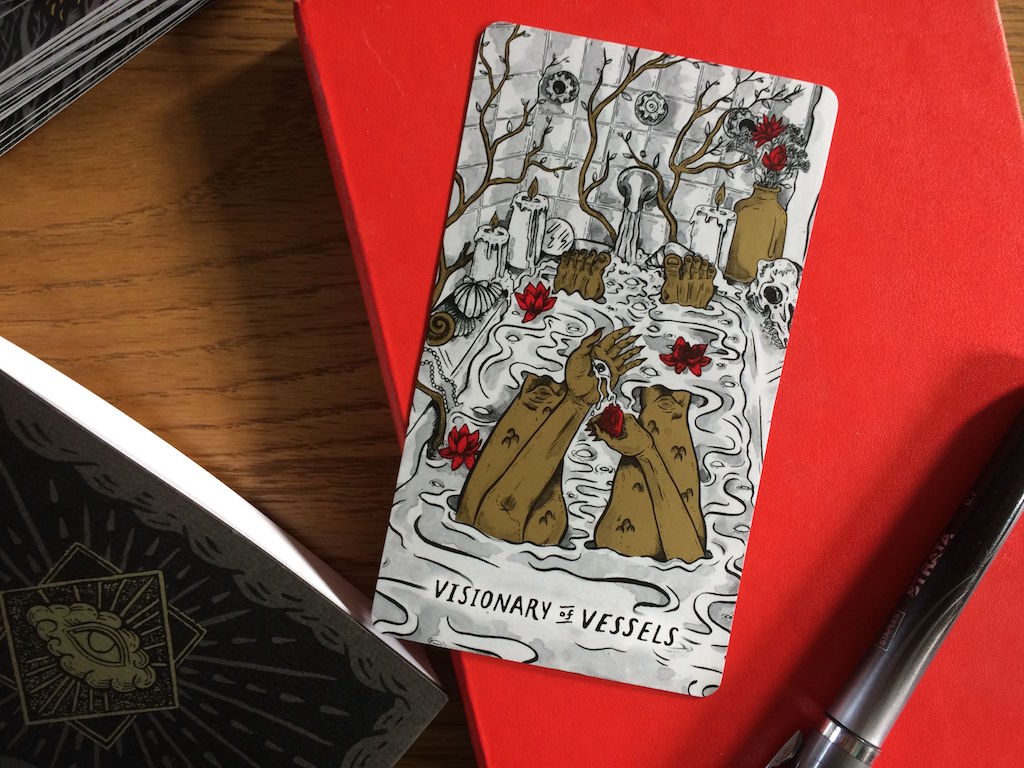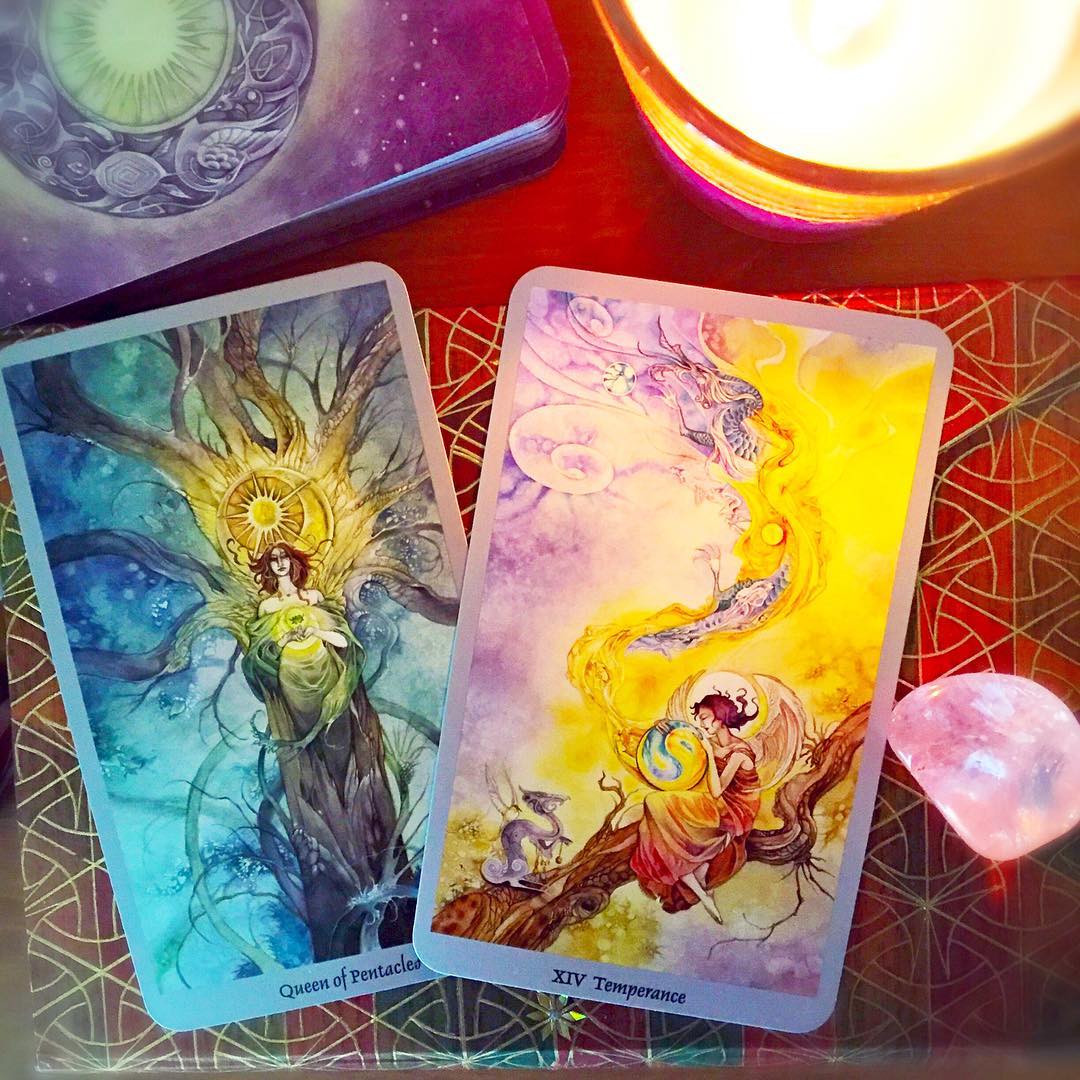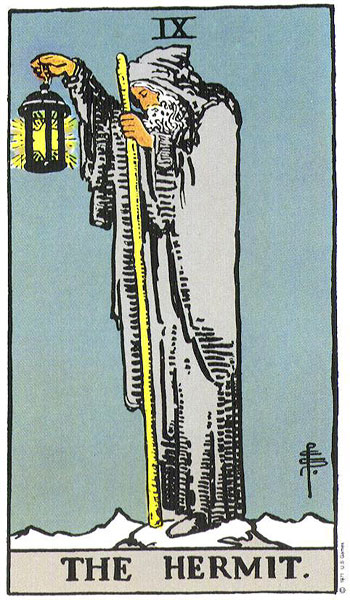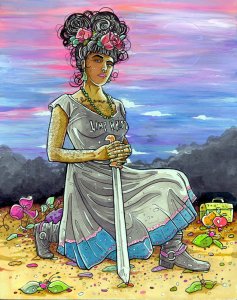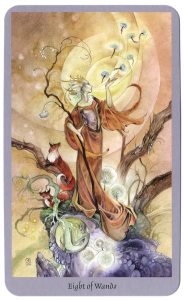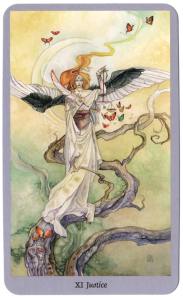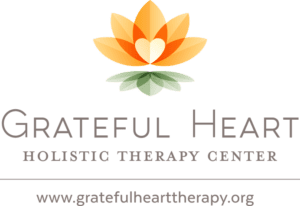Aspiration, struggle, disappointment and triumph; fantastical beasts; figures of grace, authority, and wisdom. These were the ingredients of many stories that held magic for me as a child and beyond. Since I first encountered the tarot, I have been fascinated by the rich imagery that seems to point to something more. When I began to study and use it, I thought that the wisdom was contained in the cards and their symbols, and that by memorizing and communicating their meanings (as interpreted by those with more experience than I) was the best way for them to be used. I see it a bit differently now.
I have started using them as a personal (nearly) daily practice, and offer them to my clients as a way to connect more deeply with themselves. Here I’ll describe how images, and especially tarot, can be useful when approached in a contemplative manner.
Choosing a Deck
Tarot decks are specifically good for contemplation because they are designed to be evocative of the breadth and depth of human experience. In other words, they are meant to be archetypal. There are other non-tarot card decks that serve this purpose, and may offer variations on classic archetypes. There is a plethora of decks available (there is even a Lisa Frank tarot now), so how do you pick one? Decks range from cutesy to arcane and inscrutable. Some modern decks attempt to be more culturally diverse and include images with queer, POC, and/or disability perspectives.
I think the most important factor is finding a deck that calls to you. Look for one with pictures that draw you in, sparking your imagination or evoking feelings of intrigue, beauty, and wonder. Some decks have more intense imagery, and if you are a highly sensitive person, this may become heavy or tiring. Pay attention to the feelings and sensations that come as you examine the cards. I used to think a good deck should have a range of very “light” to very “dark” cards, but now I encourage using decks on the lighter side for people who want more optimism in their lives; so long as they inspire you to think, feel, and imagine.
Using the Cards
You don’t have to do elaborate spreads to get a lot of meaning. A great way to start is to simply draw a card from your deck once a day. You can look at whatever booklet or online descriptions may go with the card later, but first spend time to opening yourself to the card and taking it in with your senses. This is what will make your reading of the card special and unique to you. The image was carefully designed, and every detail meant to be translated. Here are some things you may consider:
- What is happening in the image?
- How does the card make you feel? What emotions, thoughts, or somatic sensations do you notice?
- What does the color palette and composition tell you?
- Do parts of the image correspond to parts of you; any parts you would like to have more or less investment in?
- Can you imagine yourself in the image? Would be one of the characters, or would you interact with them? What would you say or ask? What might be their reply?
- How does this information apply to your life right now?
Benefits from Contemplation
The most obvious and immediate result of using cards in this way is that it helps familiarize us with different aspects of ourselves, perhaps in ways we hadn’t considered before. Can you see yourself in The Fool as well as The Emperor? We have the potential for all within us, given the right circumstances. The more we tell ourselves I am good and Others are bad, the more rigid and inflexible we become.
Similarly, it’s easy to get attached to “good” and “bad” cards. It’s normal to want to draw a good card for the day and take that as an auspicious omen. When we draw a card we don’t like, we may not want to take it in, or think it may foreshadow bad luck or disappointment. But if we are paying attention, we see the part we play in creating joy, peace, and unpleasantness in our lives, and what we look for around us. We will also see that it is all temporary, that bad things follow the good, and the bad also passes to make room for something else. We can approach life with more equanimity.
Over time, the images will become a shorthand for our different parts of our psyche or states of being. If we are drawing randomly, some cards will come more often than others, and other patterns emerge. Maybe you draw more of the water element in general, but more fire during certain periods. The patterns you find are actually reflections of you, your unconscious reverberating and echoing through and off of the symbols, in a way your conscious mind can apprehend. Like astrology, it becomes a practice of reciprocal reflection—the symbols mirror you, and you mirror them in your reply—and the work becomes recognizing synchronicity, interpreting it, and deciding how to respond.
Of course these are common benefits of any sustained contemplative practice, and they are easier said than done. The tarot is simply one way to focus our attention and observe the archetypes in action. If you have any questions or interest in using tarot, astrology, or any other method of self-reflection in a therapeutic way, please don’t hesitate to contact me.
